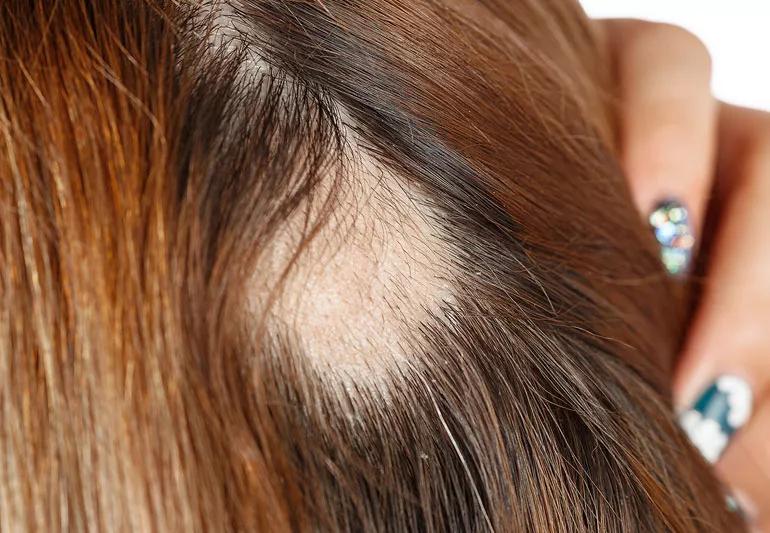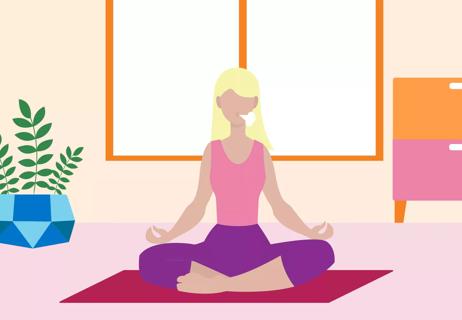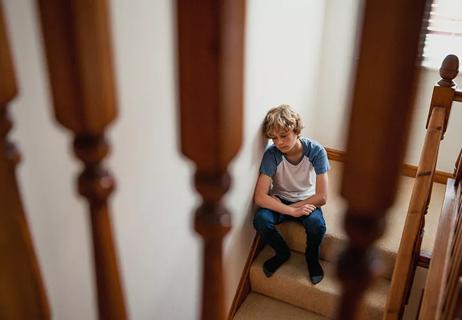Chronic hair pulling is a behavior that requires professional help

For some people, “pulling my hair out” isn’t just an expression — it’s a legit concern. Compulsive hair pulling is a type of body-focused repetitive behavior (BFRB) that affects 1 to 2% of Americans, mostly women. The uncontrollable urge to pull hair can result in bald spots on the scalp, eyebrows and lashes.
Advertisement
Cleveland Clinic is a non-profit academic medical center. Advertising on our site helps support our mission. We do not endorse non-Cleveland Clinic products or services. Policy
Experts don’t know what causes the intense desire to pull hair, but there may be a genetic link. Thankfully, recovery is possible. Preventive medicine physician and wellness expert Sandra Darling, DO, offers her insights.
A: People who compulsively pull their hair often feel shame and embarrassment yet continue pulling anyway because the behavior:
People with a hair-pulling disorder (also known as trichotillomania) may have triggers, like boredom or fatigue. Emotional triggers include feeling anxious, stressed or overwhelmed.
A: People who chronically pull their hair become very good at hiding the behavior if they feel weird or abnormal about it. They may feel like they’re the only person who has this urge, which could lead them to experience emotions such as:
In some cases, the impact of hair pulling goes beyond cosmetic and psychological damage. Some people eat their pulled hairs. The hair can get matted in the digestive tract and create a hairball, which can be life-threatening if it causes a blockage. Surgery may be necessary to remove it.
Advertisement
A: Some people can completely stop hair pulling behavior. For others, trichotillomania is a lifelong disorder that ebbs and flows with life’s events and stressors. Well-meaning friends and family members should avoid telling their loved ones to stop pulling — trichotillomania is a disorder that requires professional help.
A person who pulls can learn to control the urge through a combination of treatments, such as:
A: To hide the condition, many people use hair extensions called crown toppers. They may also use false eyelashes or eyebrow pencils to disguise areas of hair loss. Hats and headscarves are typical as well.
But while you may want to hide the effects, don’t hide the disorder. Be open and honest. Confide in a friend or loved one so you can start on the path to recovery. And you can find inspiration from those who have publicized their struggles with hair pulling, like Megan Fox and JessiKate Riley (Miss Utah 2017).
Advertisement
Learn more about our editorial process.
Advertisement

Deep breaths, exercise and even your favorite scent can help calm those nerves

Cutting and other forms of self-injury are on the rise among teens

Bleeding is a risk and warrants taking care, but the reward of this lifesaving medication is great

Severe and debilitating headaches can affect the quality of your child’s life

With repeat injections over time, you may be able to slow the development of new wrinkles

Type 2 diabetes isn’t inevitable with these dietary changes

Applying a hot or cold compress can help with pain